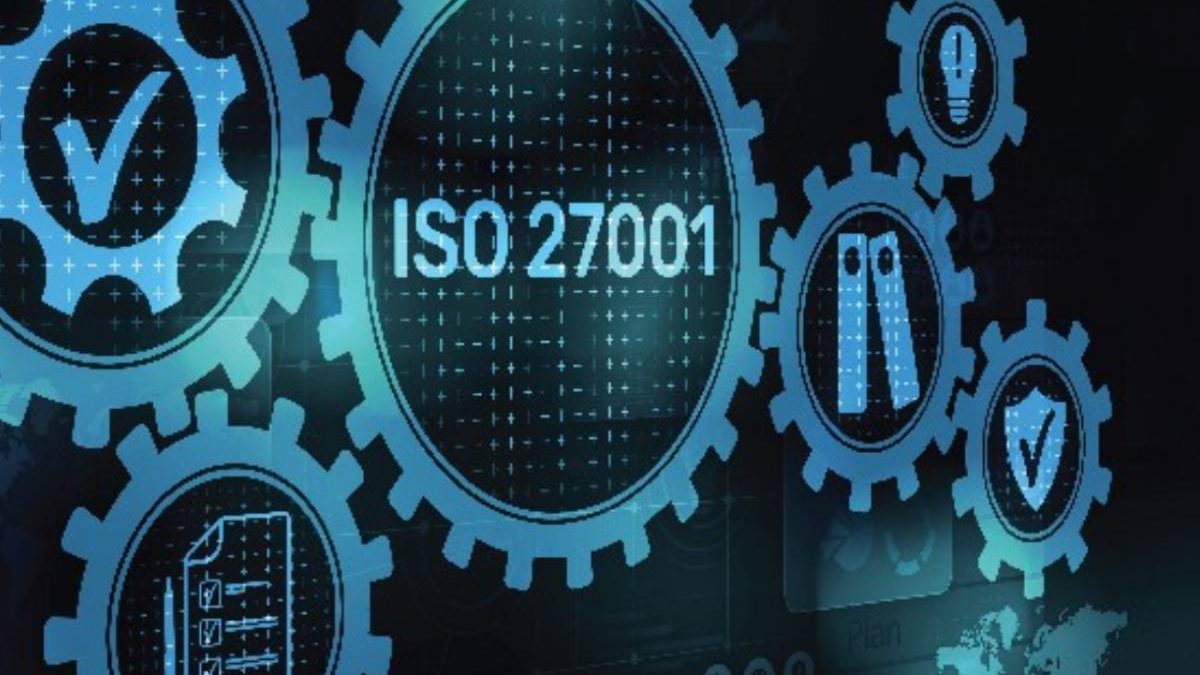When it comes to ISO 27001 reporting requirements, many organizations feel overwhelmed. It can be difficult to know where to start and what information is required in order to submit a complete report.
ISO 27001 is a set of international standards that define how organizations must organize their security processes and procedures. To achieve ISO 27001 certification, organizations must demonstrate to an internal auditor that they are compliant with the ISO 27001 reporting requirements.
One way to make ISO 27001 reporting easier is by using an ISO 27001 dashboard. This type of tool provides a comprehensive view of your ISO 27001 compliance status so that you can quickly identify any areas where improvement is needed.
In this blog post, we will provide you with some tips on how to get organized and streamline the reporting process. With a little bit of preparation and organization, you can make the reporting process much easier on yourself!
Table of Contents
Why do I need to create a report for an ISO 27001 audit?
It is an important part of ISO 27001 certification. The report provides evidence that your organization meets the ISO’s security requirements. It also serves as a record of any changes or improvements made over time to ensure continued compliance.
For example, ISO 27001 requires organizations to maintain a risk assessment, and the report must document any changes made to the risk assessment as well as the results of any security tests or reviews. ISO 27001 also requires organizations to establish an information security management system (ISMS) which must be documented in ISO 27001 reports.
What should I include in my ISO 27001 report?
Your ISO 27001 report should cover all aspects of your security management system, including policies, processes and procedures, personnel assignments, risk assessments, internal audits, corrective actions and more. A good ISO 27001 dashboard tool can help you track this information in real time and generate reports on demand.
How Can I Get Organized for ISO 27001 Reporting?
One of the best ways to get organized for ISO 27001 reporting is by using an ISO 27001 dashboard. A dashboard provides a high-level overview of your ISO compliance status at all times, allowing you to quickly identify areas where improvement is needed.
The dashboard should include up-to-date metrics on various aspects of ISO compliance, such as the number of risks identified and addressed, compliance policies implemented, training records and more. This information can then be used to generate on-demand ISO 27001 reports that provide a detailed overview of your ISO compliance status.
Another way to get organized for ISO 27001 reporting is by using an ISO 27001 checklist. This type of tool provides you with a list of ISO requirements that must be met in order to achieve ISO certification. It can also help you identify areas where improvement is needed and keep track of progress made towards meeting ISO requirements over time.
The following are the entities required to organize ISO 27001 Reporting:
- Executive Summary: A brief overview of the ISO 27001 report
- Describe the audit: A detailed description of the ISO 27001 audit process
- Risk assessment: A comprehensive document outlining the risks and opportunities associated with ISO compliance
- Policies & procedures: Documentation outlining the security policies and procedures implemented by the organization
- Internal audit results: Documentation outlining the results of any internal ISO audits conducted
- Corrective action plan: A document outlining any corrective action required to ensure ISO compliance
- Conclusion: Summary of findings from ISO 27001 reporting.
The Bottom Line
By following these tips, you can make ISO 27001 reporting much easier on yourself. With an ISO 27001 dashboard, checklists, and other organizing tools, you can quickly identify areas where improvement is needed and streamline your reporting process. So don’t let ISO 27001 reporting overwhelm you – get organized and get ISO certified!

